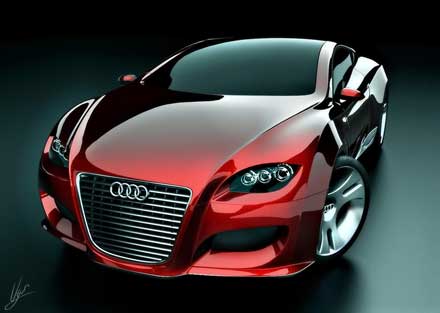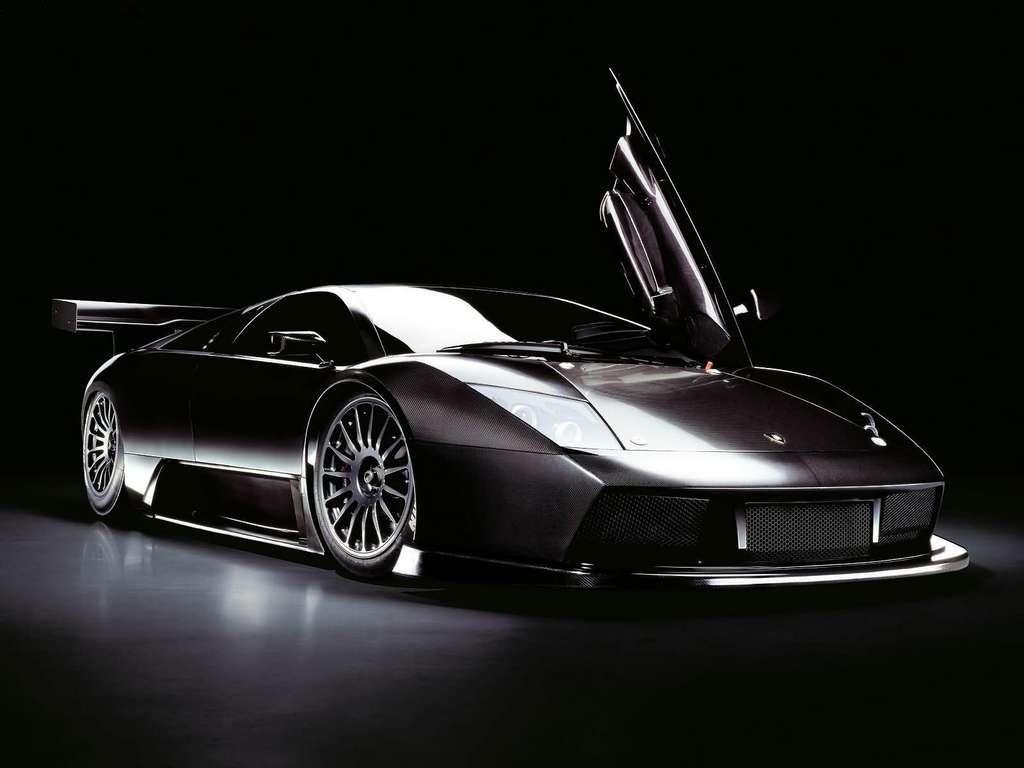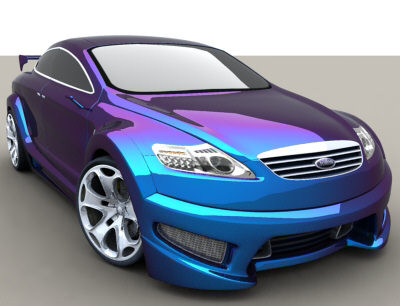

PRESS RELEASE
Renault launches Logan in Argentina and Brazil -Another step forwards for Renault Commitment 2009
-The launch of Logan in Argentina and then in Brazil expands Renault's line-up in the two countries, where family buyers can now obtain the practical, spacious model at an affordable price.
-The gradual introduction of vehicles based on the X90 platform boosts production capacity utilization at the Curitiba complex in Brazil.
-The list of vehicles produced in Curitiba includes a model derived from Logan for the Mexican market, where it will be sold under the Nissan brand.
-Renault's plan for growth in Latin America is underway, with an expansion of the range, increases in production and sales, staff recruitment and the development of the sales network.
Coming after the introduction of Logan in Colombia, Venezuela and Ecuador, the launch of Logan under the Renault brand in Argentina in May and in Brazil in July marks a new phase in the implementation of Renault Commitment 2009 in Latin America. Logan epitomizes Renault's bid to win over a new target market in the region, namely a family clientele looking for a spacious, affordable vehicle that is also both robust and easy to maintain. The region's two main automobile markets – Brazil and Argentina – are currently expanding and represent significant potential for Renault. In 2006, a total of 1,834,581 vehicles (cars + LCVs) were registered in Brazil, plus a further 420,356 in Argentina. These volumes represent an increase of 28% and 57%, respectively, from 2004 to 2006.
Logan: a new product to build on Renault's long-standing presence in Argentina
Thanks to its Santa Isabel plant in Cordoba, Renault has benefited from production facilities in Argentina for more than 50 years. The brand can also count on strong brand awareness in this country where it claimed a market share of 11.5% in 2006. Logan joins the three-box saloon segment and will enhance Renault's existing range, which currently features Laguna II, Scénic I,
Mégane I (4- and 5-door versions), Mégane II (estate, 4- and 5-door versions), Clio II (3-, 4- and 5-door versions), Kangoo and Master. This product offensive will be further boosted by the import of Grand Scenic II from April 2007, followed by that of Mégane II Coupe Cabriolet in June. Three-box saloons are particularly popular in Argentina and Logan is aimed essentially at family buyers. The proven sturdiness and durability that have paved the way for its success in other markets stand out as incontestable sales arguments.
An unprecedented product offensive in Brazil
Following in the wake of New Mégane in March 2006 and Mégane Grand Tour estate in November 2006, Logan is the third vehicle to be launched on the Brazilian market within the framework of Renault Commitment 2009. Logan will be available here with the bioethanolpowered engines required for this market, and these powerplants represent a world first for the Logan range. As in Argentina, Logan is essentially set to appeal to the Brazilian family buyer looking for a practical, spacious car at an attractive price. Renault will be launching three other models before the end of Renault Commitment 2009 and, with a renewed range adapted to local demand, Renault do Brasil is aiming to double its sales and generate a positive operating margin.
Optimization of production facilities in Curitiba
The Ayrton Senna Complex in Curitiba (Parana State) comprises three factories: an LCV factory producing both Renault (Master) and Nissan (Frontier and Xterra) models, a passenger car factory and a powertrain plant that feeds South America. Inaugurated in 1998, the passenger car body assembly factory currently produces Clio, Clio Sedan, Mégane, Mégane Grand Tour and Scénic.
Logan is the third model to be introduced in Curitiba in one year. The passenger car factory has a production capacity of 200,000. The arrival of Logan, which will be the line's sixth vehicle, enhances the factory's flexibility and optimizes use of its facilities. Annual production capacity for X90 platform vehicles is 110,000 units, destined for the home market and for export, mainly Argentina and Mexico. A model derived from Logan will be marketed in Mexico under the Nissan brand. Further information about the vehicle will be announced later.
To increase daily production from 300 to 450 vehicles, Renault introduced a second shift in the passenger car assembly factory at the beginning of April 2007 and has recruited 600 employees. Logan will feature a high degree of local content, with 80% of parts produced in Brazil. The objective is to increase this figure to 90% by 2009.
Logan, a global success
Since its launch in September 2004, more than 450,000 Logans have been purchased worldwide. The current year stands out as a key period in the X90 Programme, with production starting up in Iran, India and Brazil. Logan is currently manufactured in seven countries, is sold in 55 markets and makes a major contribution to Renault's international expansion and growth.
The X90 Programme represents a significant share of the targeted volume increase of 800,000 vehicles specified in the Renault Commitment 2009 plan. In America, Logan is assembled in the Colombian plant of Sofasa, located in Envigado. Marketing began in September 2005 in Colombia, Venezuela and Ecuador. The Logan Programme has met with considerable success in Europe, where the range has been extended to include an estate version (Logan MCV) and a utility version (Logan Van).
The first two months of 2007 saw Logan MCV sales reach 5,500 in the European and Turkish markets. Logan's debut in Iran – where it is known as Tondar-90 – is also proving particularly promising. In the space of just one week, Iranian customers ordered almost 85,000 vehicles, which is equivalent to the year's total production. The model is built in the factories of Renault's two Iranian partners – Iran Khodro and Pars Khodro – and production capacity will reach 300,000 units per year by 2009. Meanwhile, in India, the first Logan rolled out of the Nashik factory on April 4, 2007, less than two years after the signing of a joint venture agreement with Renault's Indian partner Mahindra.
This development is the fruit of Renault's expertise in the realms of product and process engineering, quality and purchasing, plus Mahindra's production expertise, frugal approach and in-depth understanding of the Indian market, supported by the commitment of the operators working in the factory.
Technorati: Dacia+logan, Nissan+Logan, Renault, Mexico, auto+news, car+news, automobile, cars, automotive, vehicles, Carscoop, blogs, 2007
 Looks like the French have beaten the Chinese in the cheap-ass car game -for the time being, at least. Following the introduction of the low-cost sedan in
Looks like the French have beaten the Chinese in the cheap-ass car game -for the time being, at least. Following the introduction of the low-cost sedan in 










